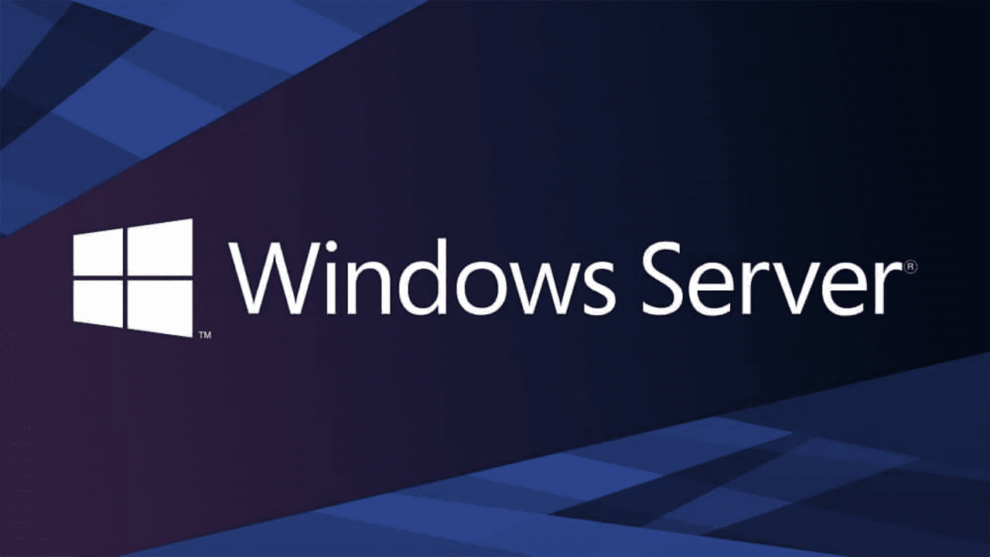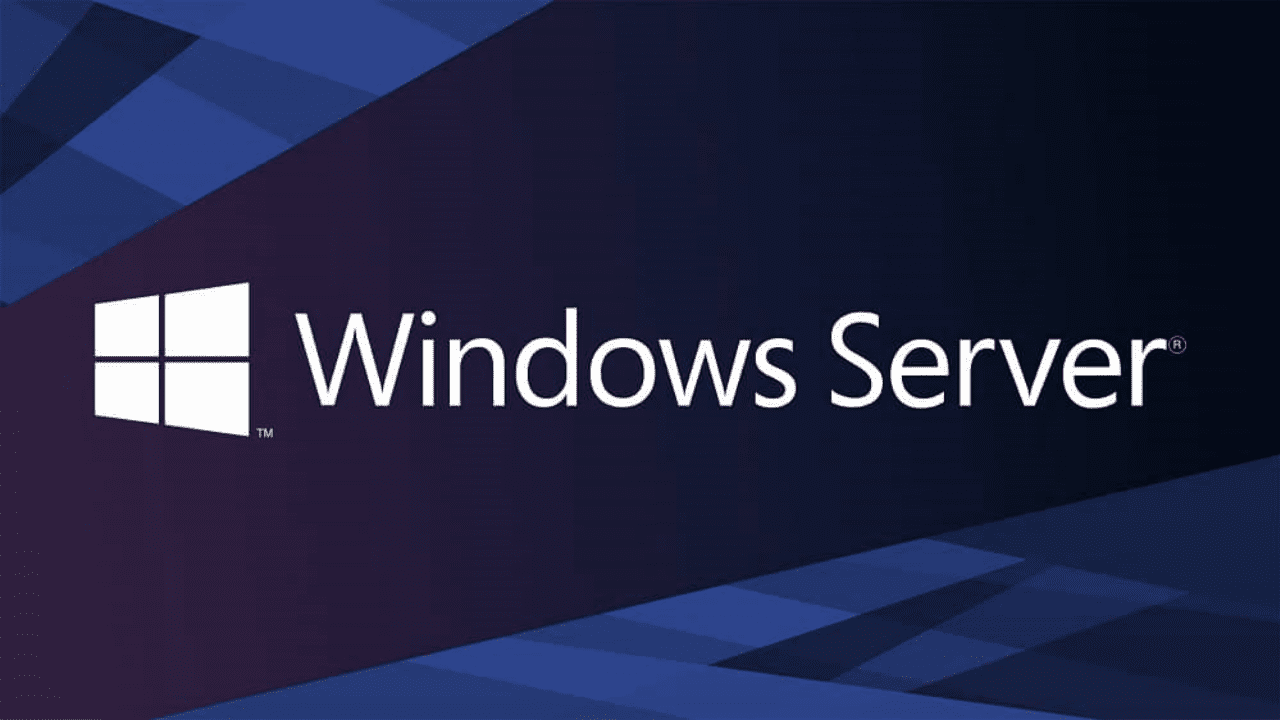In a surprising turn of events, Microsoft has decided against implementing the Linux ‘sudo’ command in the upcoming Windows Server 2025, contradicting earlier announcements and expectations within the tech community. This decision marks a significant shift in Microsoft’s strategy for enhancing administrative functionalities and security protocols within its server operating systems.
Key Highlights:
- Microsoft initially announced plans to incorporate the ‘sudo’ command, a staple for Linux and Unix systems, into Windows Server 2025.
- The ‘sudo’ command is renowned for allowing users to execute commands with elevated privileges, enhancing security and administration.
- Recent developments reveal that Microsoft has retracted this plan, citing various reasons including technical challenges and feedback from the Windows Server community.
- The tech giant is exploring alternative methods to achieve similar security and administrative efficiency without directly importing ‘sudo’.
- Microsoft remains committed to cross-platform compatibility and security enhancements, despite this decision.
Background and Expectations
Microsoft’s initial announcement regarding the integration of the ‘sudo’ command into Windows Server 2025 was met with enthusiasm from administrators and IT professionals. This feature, synonymous with Linux and Unix systems, represents a powerful tool for managing permissions and executing commands with elevated privileges. The move was seen as a step towards harmonizing functionalities across different operating systems and enhancing security protocols within Windows Server.
Reevaluation and Decision
However, after careful consideration and dialogue with the Windows Server community, Microsoft has decided to pivot away from this plan. The decision was influenced by a range of factors including technical complexities, potential impacts on the current ecosystem, and the desire to maintain a unique operational framework for Windows Server. Instead, Microsoft aims to develop proprietary solutions that align with the platform’s existing security models and administrative tools.
Technical Challenges and Community Feedback
One of the main reasons for Microsoft’s reversal on implementing ‘sudo’ in Windows Server 2025 involves the technical hurdles associated with adapting a fundamentally Unix/Linux-centric tool to the Windows environment. The ‘sudo’ command, deeply ingrained in Unix/Linux security models and operational paradigms, poses significant challenges when transplanted into the Windows ecosystem, which has its own set of administrative tools and security protocols.
Implications for Administrators
This development has sparked mixed reactions among Windows Server users and administrators. While some express disappointment, others appreciate Microsoft’s cautious approach to integrating external functionalities. The focus now shifts to what alternatives Microsoft will introduce to address the administrative and security needs that the ‘sudo’ integration aimed to fulfill.
Future Directions
Microsoft has reassured its user base that the goal of enhancing cross-platform compatibility and improving administrative efficiency remains unchanged. The company is actively exploring other avenues to bolster security measures and streamline server management tasks. This includes enhancing existing features and potentially introducing new tools that reflect the feedback and requirements of the Windows Server community.
In conclusion, Microsoft’s decision to not bring the ‘sudo’ command to Windows Server 2025 highlights the company’s adaptive strategy and commitment to meeting its users’ needs in a manner consistent with its platform’s standards. While the initial announcement of ‘sudo’ integration had set certain expectations, this change of direction underscores Microsoft’s dedication to innovation, security, and the unique identity of Windows Server. As the 2025 release approaches, the tech community eagerly anticipates the new features and enhancements that Microsoft will unveil.



















